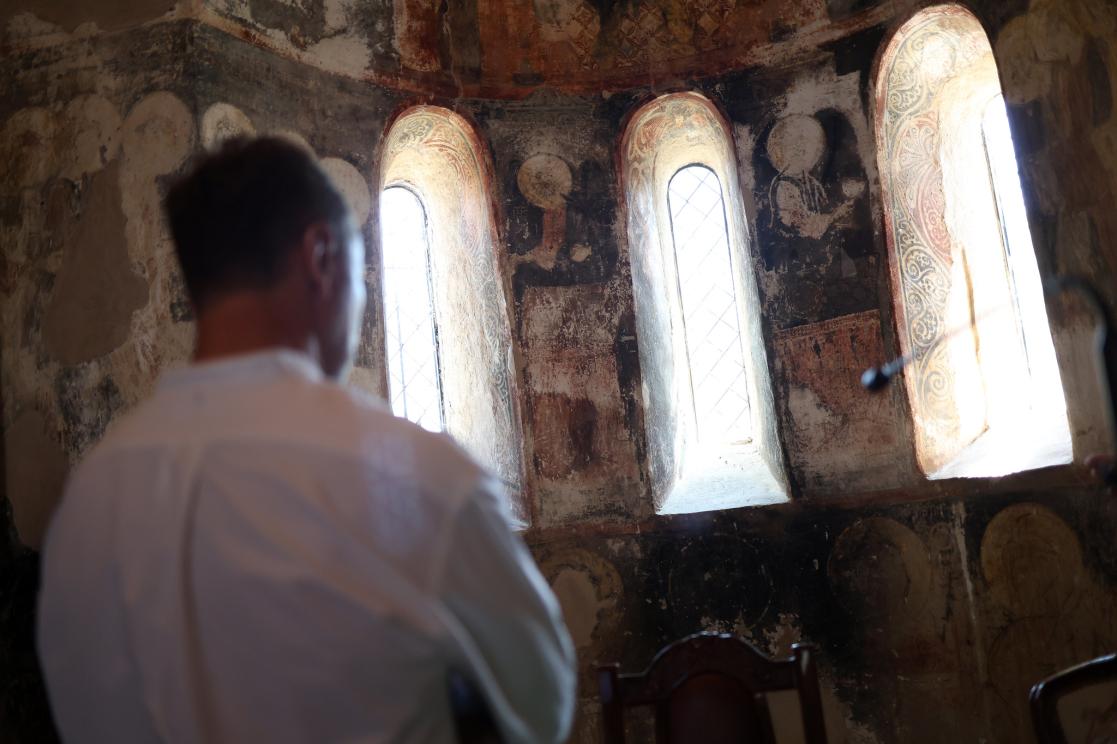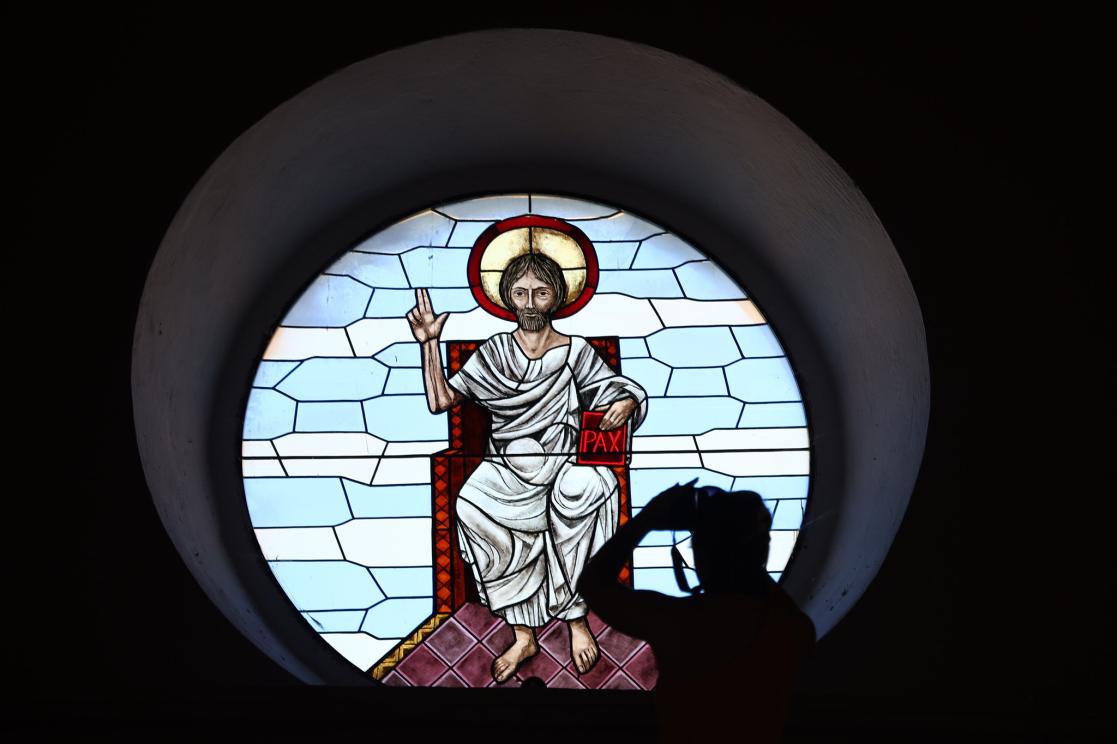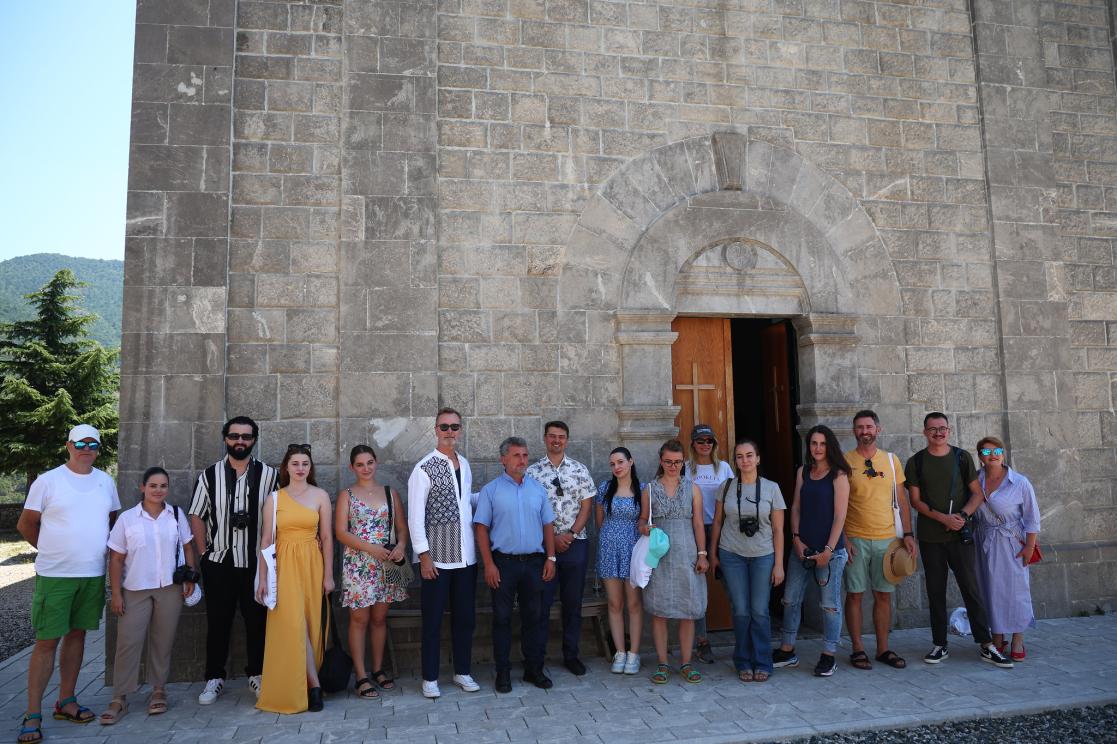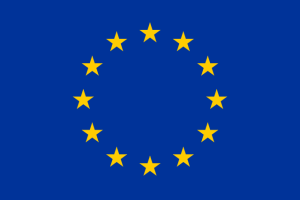The church of Rubik, photographing 9 centuries of history

Next to the ruins of an old monastery, up on the hill of Rubik, lies a beautiful church with one of the most impressive frescos of the “Last Supper” in Albania. Twelve apostles and Jesus can be identified in the second line of the wall painting, meanwhile the two other visible lines, show Saint Mary, Saint John or Saint Agustine, one of the Latin Fathers of the Church and martyrs as Saint Asti. “He is the first martyr of the church in what was Albania during the first century. He was martyrised in the first century of the Christianity, in Saint Peter’s time, in Durres where he was a bishop”, explains Father Genc Çupi as he reveals also that the apse preserved a Latin inscription dated back to 1272. The church known as “Kisha e t’Shelbuemit”, represents the ascension of Jesus Christ into heaven on the 40th day after his Resurrection during Easter.
Its first phase of construction dates back to 1166, as one of four Benedictine Conventions in Mirdita region, also mentioned in historical references. Over the centuries, the church has gone through several construction phases. Nowadays, the oldest remaining element is the apse, composed of irregular stone blocks of different types almost horizontally bedded and bonded with a traditional lime mortar.

EU Delegation to Albania
Father Genc Çupi tries to summarize 9 centuries of history, showing a group of young photographers, the traces and consequences of different historic periods from the Ottoman Empire to the communist regime on this religious and cultural monument above the hill.
They are visiting the church as participants of the photography contest "Snap the Site", an initiative of Europe House aiming to promote the Albanian cultural heritage through the art of photography. The competition has invited photography enthusiasts to participate in three different daily sessions led by photography mentor Armando Babani at designated cultural heritage sites restored by EU4Culture Programme. The sessions are an opportunity for the young photographers to learn the art of storytelling through photography, capturing images that convey the rich history and culture of these sites.
Armando Babani gives them one piece of advice: “Keep working and never give up. This is important and above all, you must enjoy what you do. If you are enjoying it, the images will look better and you will keep taking more shots”.
Mira Leka, one of the participants, says that photographing archaeological sites or cultural heritage monuments is a challenge. “You need to know the history of the site first. Then you deal with identifying details, elements outside and inside the Church, finding the right light or the right angle, capture a certain moment. Telling a story through a photo, where the past and the present are intertwined, is not simple but it is a very beautiful and special experience”, she adds.

EU Delegation to Albania
While the church gets all the attention, little is known about the monastery next to it. Father Genc Çupi knows it used to be a 3-4 story building with several rooms for priests. He mentions that for some time during the beginning of the 20 century Father Gjergj Fishta lived there. A well- known Albanian writer and also an architect, Fishta himself introduced some changes to the façade of the church, which was in active use until the mid-60s when Albania was declared an atheist state by the former dictator Enver Hoxha. “During the communist period, it was utilised as a military garrison. Around the church, there was a military area, with hundreds of soldiers, tunnels and ammunition”, Father Genc recalls. However, it is one of the few religious buildings that was managed to be saved from demolitions taking place under communism, thanks of its values.
Studies show that the church is particularly significant as its architectural form demonstrates Albania’s geo-historical context, the planimetric shape of the church and the closed arches in the apse are of of a typical Romanesque style, but the style of the wall painting is clearly Byzantine.
After the visit, EU Ambassador to Albania Silvio Gonzato draws parallels between the history of the church and that of the country.
“It is a beautiful church. What I really like about it, is that it is Romanesque outside and Byzantine inside and you really feel that Albania was the meeting point between the West and the East and they beautifully come together, there is a harmony. Which is a little bit what Albania is; Albania is so many things harmoniously living together. And this visit is a way of showcasing through the eyes of young Albanians what EU4Culture has been doing. I do hope that these monuments will stay alive, that communities to which they belong, can feel that they own them and they should take care of them and live them. It is a culture not sufficiently known because of all these years of isolation during the communist regime and people in Europe don’t really know what Albania stands for”, Ambassador Gonzato says.

EU Delegation to Albania
The study which anticipated EU4Culture programme interventions in the church shows that 13th century wall paintings in the interior side of the apse were damaged extensively during communism when the church was turned into a storage space. The paintings, visible in a number of diluted colours, are currently in a very fragile state of repair with only a couple of sections of the paintings surviving. As part of the EU4Culture programme, a full conservation proposal is developed and will be implemented this summer.
Father Genc Çupi recalls that before the roof repair, the rain was seriously threatening the church and the values of the site. What started as a Benedictine Convention based on the motto “Ora et labora” (pray and work) is now a place of praying, culture and history.

EU Delegation to Albania
Background information
The EU4Culture programme is funded by the European Union (EU) and is implemented by the United Nations Office for Project Services (UNOPS) in close partnership with the Ministry of Economy, Culture and Innovation. It focuses on renovation and revitalisation of 23 major cultural heritage sites damaged by the earthquake in 2019 and represents one of the largest cultural heritage programmes funded by the European Union with a total budget of € 40 million. It aims to enhance Albania’s tourism potential, thus directly contributing to local and regional socio-economic recovery. To that aim, special focus is given to innovative technologies, including digital story-telling and creation of multimedia products designed to be accessible for all. At the same time, the programme is supporting local entrepreneurship, artisanship and cultural initiatives evolving around selected sites through the allocation of grants, providing a direct boost to the local economy.





